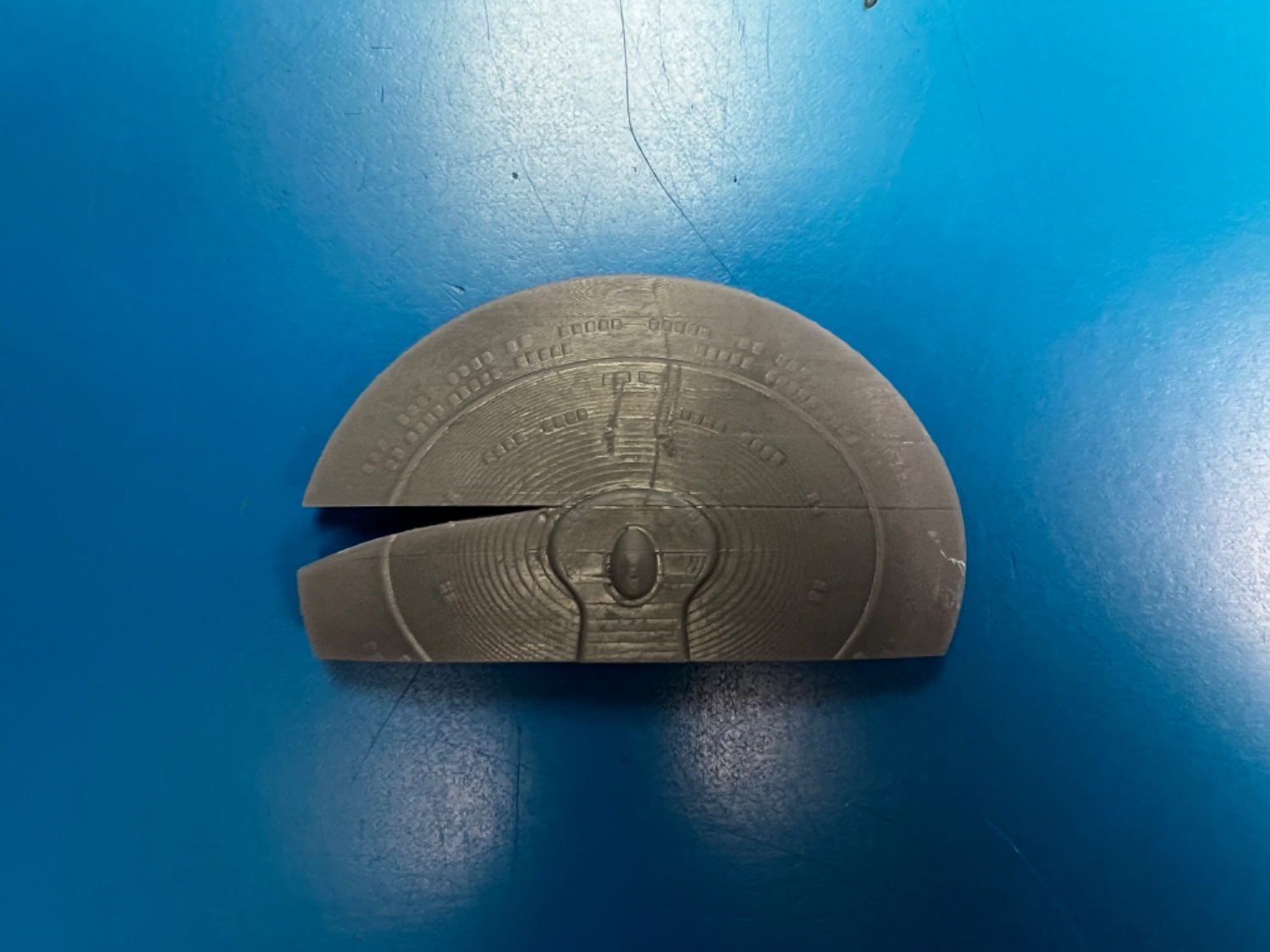3DPrinting
3DPrinting is a place where makers of all skill levels and walks of life can learn about and discuss 3D printing and development of 3D printed parts and devices.
The r/functionalprint community is now located at: !functionalprint@kbin.social or !functionalprint@fedia.io
There are CAD communities available at: !cad@lemmy.world or !freecad@lemmy.ml
Rules
-
No bigotry - including racism, sexism, ableism, homophobia, transphobia, or xenophobia. Code of Conduct.
-
Be respectful, especially when disagreeing. Everyone should feel welcome here.
-
No porn (NSFW prints are acceptable but must be marked NSFW)
-
No Ads / Spamming / Guerrilla Marketing
-
Do not create links to reddit
-
If you see an issue please flag it
-
No guns
-
No injury gore posts
If you need an easy way to host pictures, https://catbox.moe/ may be an option. Be ethical about what you post and donate if you are able or use this a lot. It is just an individual hosting content, not a company. The image embedding syntax for Lemmy is 
Moderation policy: Light, mostly invisible
view the rest of the comments

Anycubic water washable resin, shaken for 30 seconds before pouring in to the vat.
The leading edge of the ship (the edge pointing to the top of this picture) was hanging by supports off the build plate.
This is a resin printer so no hot end. 25 second exposure for the first 8 layers then 2.5 seconds each layer after.
I should have paid more attention, lol. In my defense, the top of the saucer looks like sloped top infil on layers.
In any case, I would have to wonder if there isn't some contamination that weaken that particular layer. While much lower than FDM, there are still internal forces that can build up and lead to cracking around weakened points. it could have just had some weirdness in the layer not sticking right acting as a focus for those stresses.
I'm guessing it's related to the corrupt file containing bad instructions, resulting in that layer having weaker-than-it-should adhession. the internal stresses then led to the crack happening (and expanding) as the print continued.